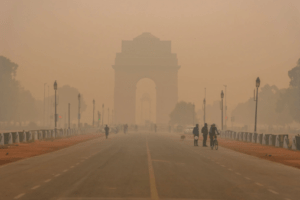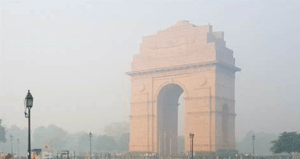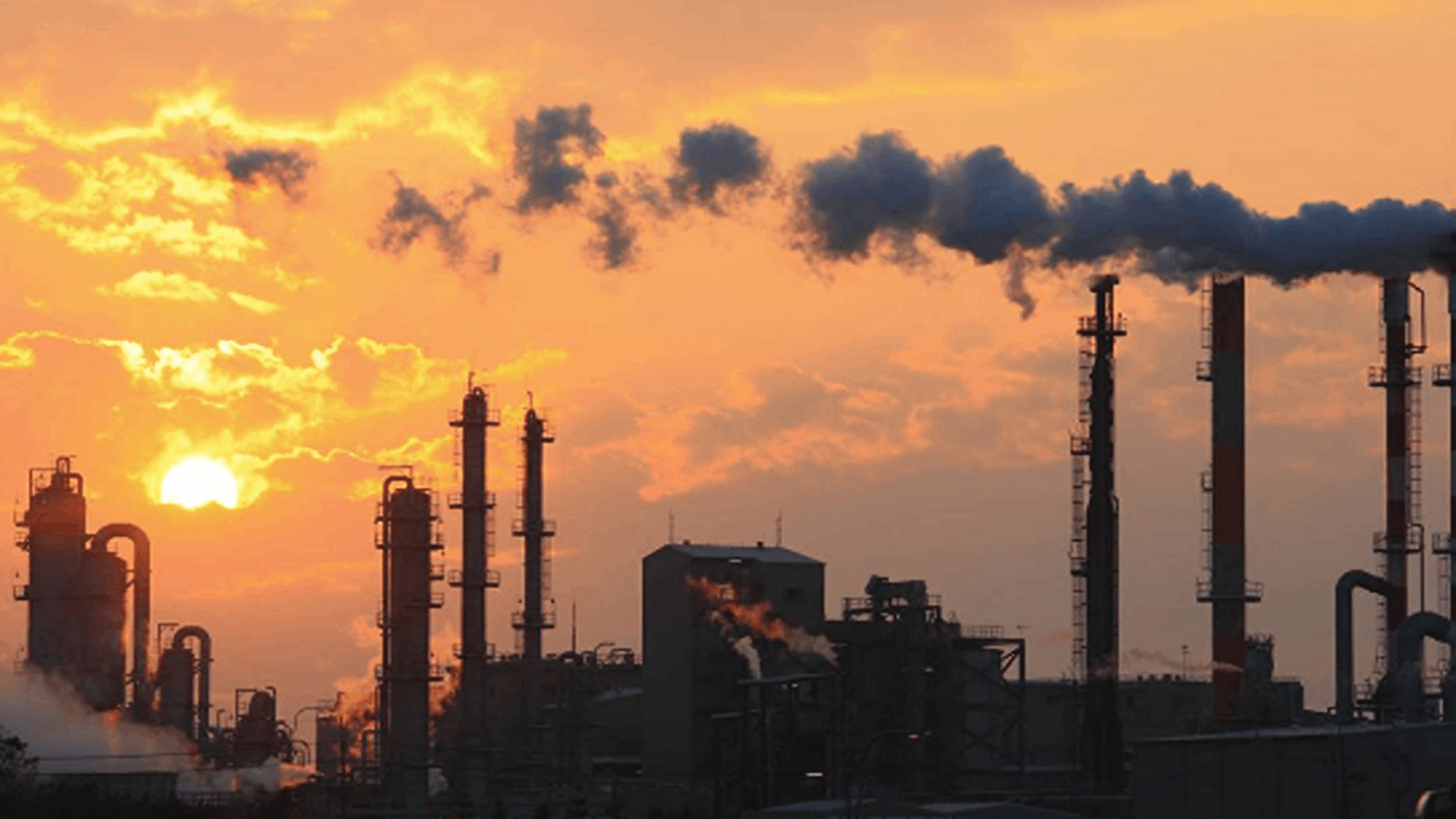Breaking: Delhi Named Most Polluted City in the World!
A group that monitors air quality, based in Switzerland, found that Delhi, the capital of India, was the Most Polluted City in the World in 2023. India, which includes Delhi, was also ranked as the third-most polluted country globally, following Bangladesh and Pakistan. The air quality in India has worsened since 2022 when it was ranked as the eighth most polluted country. Air pollution is a significant issue in many Indian cities. Experts attribute this problem to rapid industrial growth and inadequate enforcement of environmental regulations. Despite significant development in recent decades, many factories in India do not adhere to pollution control measures, contributing to air pollution. Additionally, rapid construction activities have further aggravated pollution levels. According to the report by IQAir, India’s average level of PM2.5, which can cause respiratory problems and other diseases, was measured at 54.4 micrograms per cubic meter.
Globally, air with 12 to 15 micrograms per cubic meter of PM2.5 is considered safe, but air with levels above 35 micrograms per cubic meter is unhealthy. In Delhi, the PM2.5 reading was 92.7 micrograms per cubic meter, indicating very poor air quality. Delhi faces air pollution issues throughout the year, especially during winter. Various factors contribute to this, such as crop burning by farmers in nearby states, emissions from industries and vehicles, low wind speeds, and firecracker burning during festivals. Last year, the government had to close schools and colleges for several days due to hazardous air quality. Beguserai in northern India and Guwahati in the northeast were ranked as the two most polluted cities globally. Only seven countries, including Australia, New Zealand, Iceland, and Finland, met the World Health Organization’s annual PM2.5 guideline, which is 5 micrograms per cubic meter or less.
Delhi’s pollution levels continue to rise despite stricter GRAP restrictions. These measures seem to be adding to the traffic and chaos in the city. After eight years, it’s clear that the current plan isn’t effective and needs to be replaced with something better.

Just when Delhi was experiencing a brief period of cleaner air and sunny weather, it was revealed to be the world’s most polluted capital city. Instead of getting into pointless arguments, we need to have constructive discussions about tackling air pollution.
To provide context, the air pollution during the 2023-24 season, from October 1 to February 29, was among the worst in recent years. The average Air Quality Index (AQI) during this period was 304, which is significantly higher than the AQI of 280 in 2022-23 and 278 in 2021-22.
India ranks as the third most Polluted City in the World, following Bangladesh and Pakistan. This alarming fact is emphasized by the presence of 83 Indian cities among the world’s 100 most polluted, according to the sixth annual World Air Quality Report. In 2023, Begusarai in Bihar was identified as the most polluted metropolitan area, with India hosting four of the world’s most polluted cities, including Guwahati in Assam, Delhi, and Mullanpur in Punjab.
Air pollution, a significant threat to human health, contributes to one in every nine global deaths. The World Health Organization (WHO) reports a staggering seven million premature deaths annually due to air pollution. The report focuses on fine particulate matter, known as PM2.5, which is the smallest but most harmful pollutant. Exposure to PM2.5 pollution not only exacerbates health conditions like asthma, cancer, stroke, and lung disease but also impacts children’s cognitive development, contributes to mental health issues, and worsens pre-existing conditions such as diabetes. Only 9 percent of over 7,800 cities worldwide analyzed in the report met the WHO standard, which recommends that average annual PM2.5 levels should not exceed 5 micrograms per cubic meter.

The report shows that 92.5 percent of 134 countries and regions exceeded the WHO’s PM2.5 guideline. Only seven countries managed to meet the WHO’s PM2.5 guideline, which recommends an annual average of 5 micrograms per cubic meter or less.
Here are the countries that met the WHO’s PM2.5 guideline, grouped by region:
Australia (Oceania)
Estonia (Europe)
Finland (Europe)
Grenada (Caribbean)
Iceland (Europe)
Mauritius (Africa)
New Zealand (Oceania)
Here are the top five Most polluted City In the world:
Bangladesh (79.9 micrograms per cubic meter)
Pakistan (73.7 micrograms per cubic meter)
India (54.4 micrograms per cubic meter)
Tajikistan (49.0 micrograms per cubic meter)
Burkina Faso (46.6 micrograms per cubic meter)
The 2023 World Air Quality Report collected PM2.5 air quality data from 7,812 cities across 134 countries, regions, and territories. This data was gathered from over 30,000 air quality monitoring stations operated by various organizations, including research institutions, government agencies, universities, non-profit organizations, private companies, and citizen scientists.
According to the World Air Quality report, human activities like burning fossil fuels contribute significantly to air pollution. The report also says that climate change caused by these activities will worsen pollution, especially as extreme heat events become more common. Although there’s still a lot to do to fight air pollution, the report is hopeful. It suggests that reducing air pollution and addressing climate change is possible, which could lead to overall environmental improvements.



[…] Breaking: Delhi Named Most Polluted City in the World! […]
[…] Must Read: Breaking: Delhi Named Most Polluted City in the World! […]